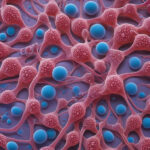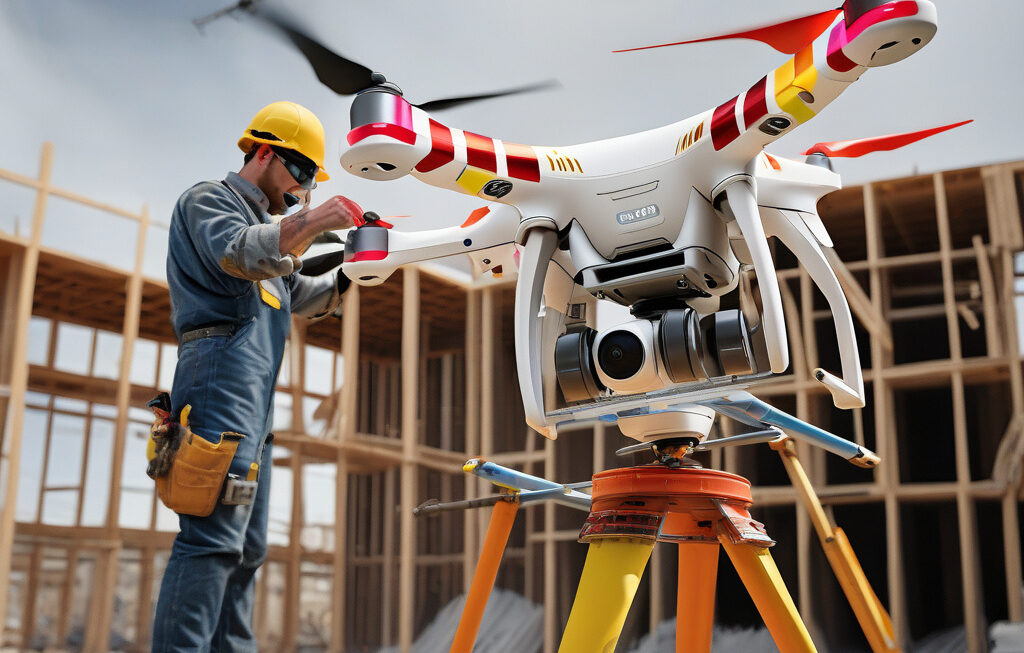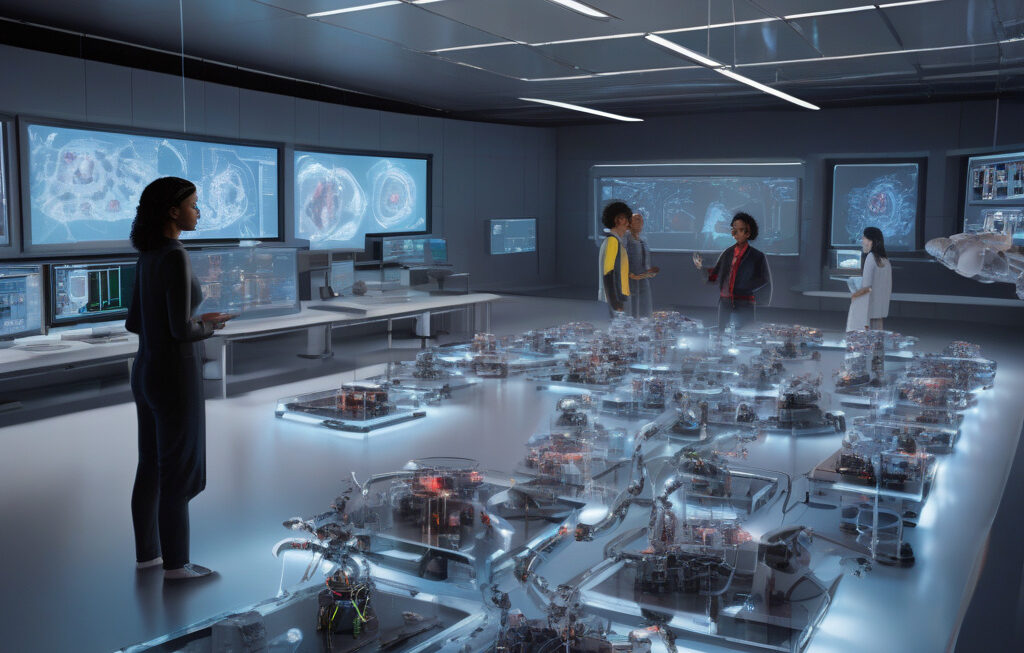Falcon-Inspired Robot Mimics Natural Bird Takeoff with Reconfigurable Wing System
Scientists in China have built a falcon-inspired flying robot that can take off like a bird, showcasing a remarkable advancement in biomimicry and robotics. By studying the intricate flight patterns of falcons, known for their agility and speed in the air, researchers have designed a cutting-edge robot that mirrors the natural takeoff mechanisms of these majestic birds.
The key innovation lies in the robot’s reconfigurable wing system, which allows for unprecedented flexibility and adaptability during flight. By adjusting the shape and orientation of its wings in real-time, the robot can seamlessly transition from hovering in place to swift, dynamic maneuvers, just like a falcon hunting its prey.
This breakthrough in robotics not only demonstrates the power of bio-inspired design but also opens up a world of possibilities for applications in various industries. From search and rescue missions in challenging environments to aerial surveillance and monitoring tasks, the falcon-inspired robot offers a versatile and efficient solution for tasks that require precision and agility.
One of the most impressive features of the robot is its ability to navigate complex environments with ease, thanks to its advanced sensors and onboard processing capabilities. By mimicking the natural flight behaviors of falcons, such as gliding on air currents and making rapid turns, the robot can navigate tight spaces and unpredictable terrain with remarkable dexterity.
Moreover, the reconfigurable wing system not only enhances the robot’s maneuverability but also improves its overall energy efficiency. By optimizing its wing shape and motion patterns based on real-time data and environmental conditions, the robot can achieve longer flight times and cover greater distances without the need for frequent recharging.
The potential impact of this technology extends beyond robotics, with implications for fields such as aerospace engineering, biomechanics, and even urban planning. By studying and replicating the efficiency and elegance of natural flight systems, scientists can unlock new possibilities for enhancing human-made technologies and systems.
As we look to the future, innovations like the falcon-inspired robot remind us of the boundless potential of biomimicry and the importance of drawing inspiration from the natural world. By learning from the masters of flight in the animal kingdom, we can create more sustainable, efficient, and agile solutions that benefit society as a whole.
In conclusion, the falcon-inspired robot with its reconfigurable wing system represents a significant leap forward in the field of robotics, showcasing the remarkable capabilities that can be achieved through bio-inspired design. By harnessing the power of nature’s ingenuity, scientists and engineers are paving the way for a future where man-made technologies can soar to new heights, just like the falcons that inspired them.
falcon, robot, biomimicry, reconfigurable wings, robotics












